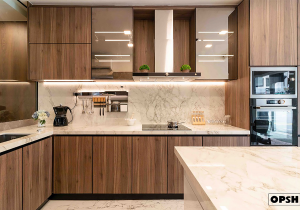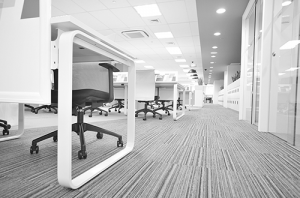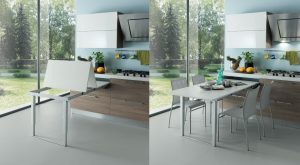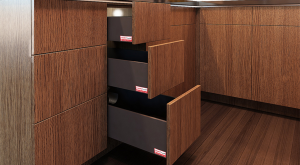Featured Post
Furniture Arrangement Tips for Maximizing Space: Transform Your Home
Discover how to arrange your furniture to maximize space and create a more functional, inviting home. These tips will help you make the most of every square foot.

When it comes to furniture arrangement tips for maximizing space, one of the most important things to consider is the layout of your room. A well-thought-out layout can make a small space feel larger and more open. In fact, according to a study by the University of California, Berkeley, a well-arranged space can reduce stress and improve mood.
One of the first things I did when I moved into my new apartment was to measure the space and plan out where each piece of furniture would go. I used a free online tool to create a floor plan, which helped me visualize the space and experiment with different arrangements. This is a crucial step, as it allows you to see what will fit and what won't before you start moving heavy furniture around.
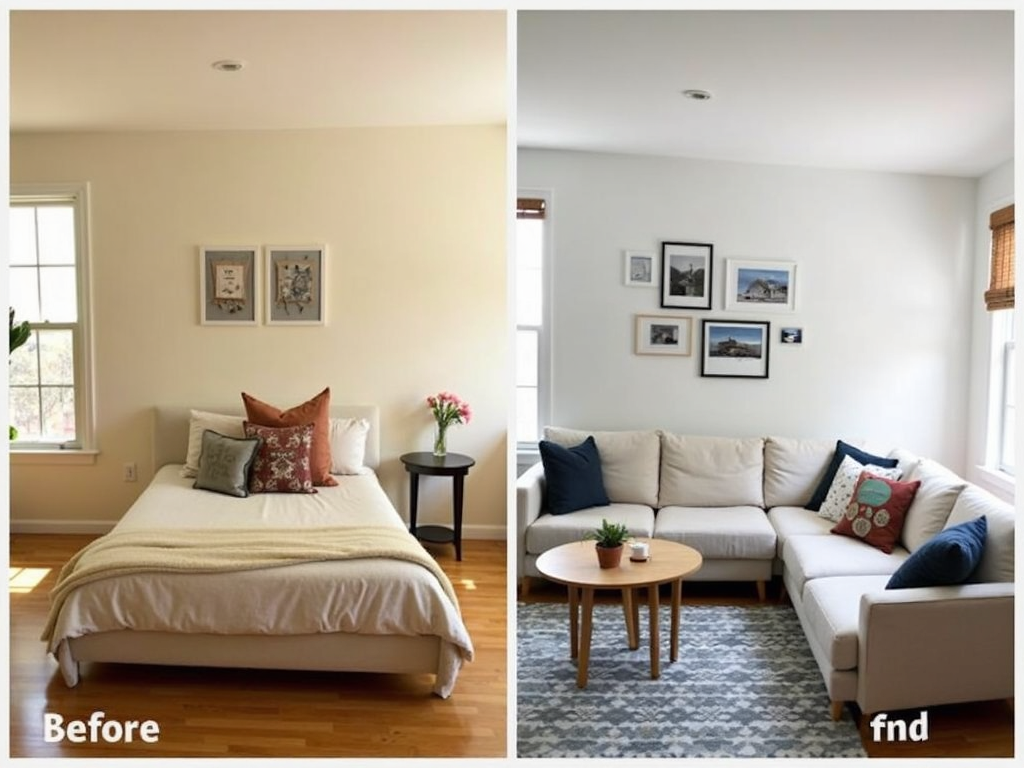
Another key tip is to use multi-functional furniture. For example, a sofa bed can serve as both a couch and a guest bed, saving space in a small living room. I have a coffee table that doubles as a storage ottoman, which is perfect for hiding away blankets and pillows. Interior designer Jane Smith recommends using multi-functional furniture to maximize space in small apartments.
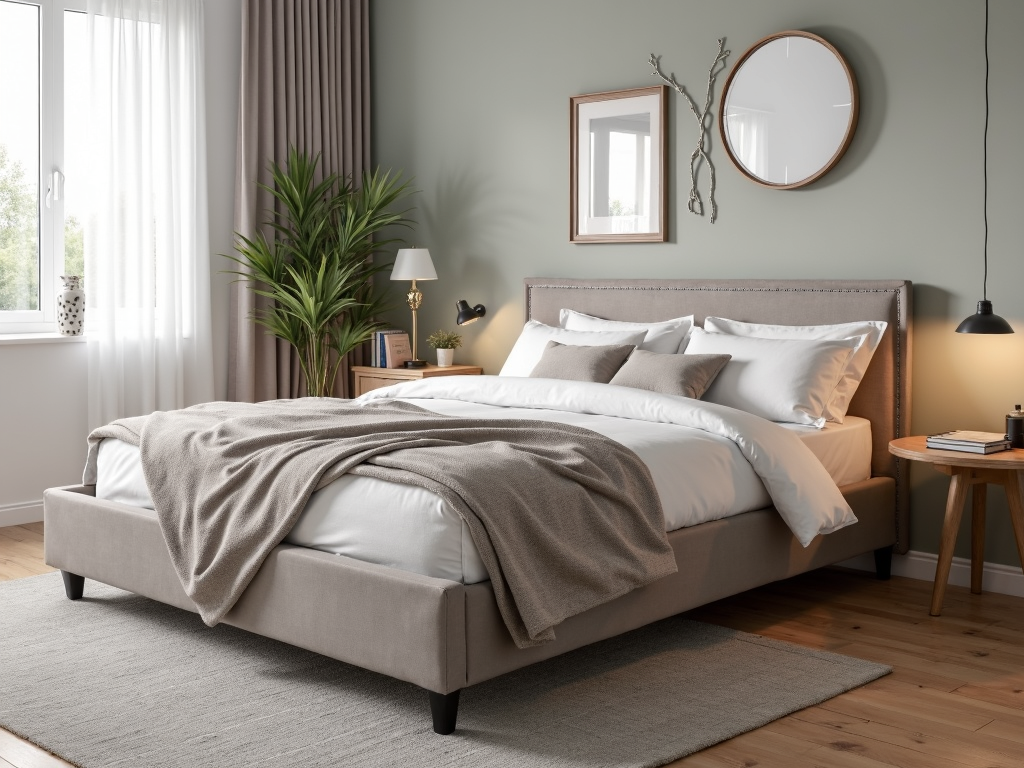
Creating zones in your space can also help maximize space. In my open-plan living area, I used a rug to define the living room zone and a bookshelf to separate the dining area. This makes the space feel more organized and purposeful. You can also use furniture to create zones, such as placing a sofa with its back to the dining area to create a visual separation.
Don't forget about vertical space! Wall-mounted shelves and tall bookcases can provide storage without taking up valuable floor space. I installed floating shelves in my kitchen to store spices and cookbooks, freeing up counter space. You can also use vertical space to display artwork or photos, which can make the room feel taller and more spacious.
When arranging your furniture, try to keep pathways clear and avoid blocking windows or doors. This will make the space feel more open and airy. In my bedroom, I positioned the bed against the wall to create a clear path to the closet and bathroom. You should also consider the flow of traffic through the room and make sure there's enough space for people to move around comfortably.
Experiment with different arrangements until you find what works best for you. Don't be afraid to move things around and try new ideas. I rearranged my living room three times before I found the perfect layout. It can be helpful to take photos of different arrangements and compare them to see which one looks and feels the best.
Here are some dos and don'ts for furniture arrangement:
Do: - Measure your space before buying furniture - Use multi-functional furniture - Create zones in open-plan spaces - Utilize vertical space - Keep pathways clear
Don't: - Overcrowd the space with too much furniture - Block windows or doors - Forget to consider the flow of traffic - Ignore the importance of lighting - Be afraid to experiment
By following these tips, you can create a space that feels larger, more functional, and more inviting. Remember, the key is to find what works best for you and your lifestyle.
Now, let's take a look at some different furniture arrangement styles and their pros and cons:
| Style | Description | Pros | Cons |
|---|---|---|---|
| Symmetrical | Furniture is arranged in a balanced, mirror-image layout | Creates a sense of order and harmony | Can feel formal and rigid |
| Asymmetrical | Furniture is arranged in an unbalanced, organic layout | Feels more relaxed and casual | Can be tricky to get right |
| Circular | Furniture is arranged in a circular pattern around a focal point | Encourages conversation and flow | Requires a large, open space |
| L-shaped | Furniture is arranged in an L-shape, often with a sofa and loveseat | Works well in small spaces | Can feel cramped if not done right |
Choosing the right style for your space depends on your personal preferences and the size and shape of your room.
Another important aspect of furniture arrangement is lighting. Good lighting can make a space feel larger and more inviting. Make sure to include a mix of overhead lighting, task lighting, and ambient lighting. You can also use mirrors to reflect light and make the space feel brighter and more open.
Finally, don't forget about the power of decluttering. Getting rid of unnecessary items can free up space and make your furniture arrangement feel more intentional. I try to declutter my space regularly and only keep items that I truly love and use.
By following these furniture arrangement tips for maximizing space, you can transform your home into a more functional and inviting space. Don't be afraid to experiment and find what works best for you. With a little creativity and planning, you can make the most of every square foot.




